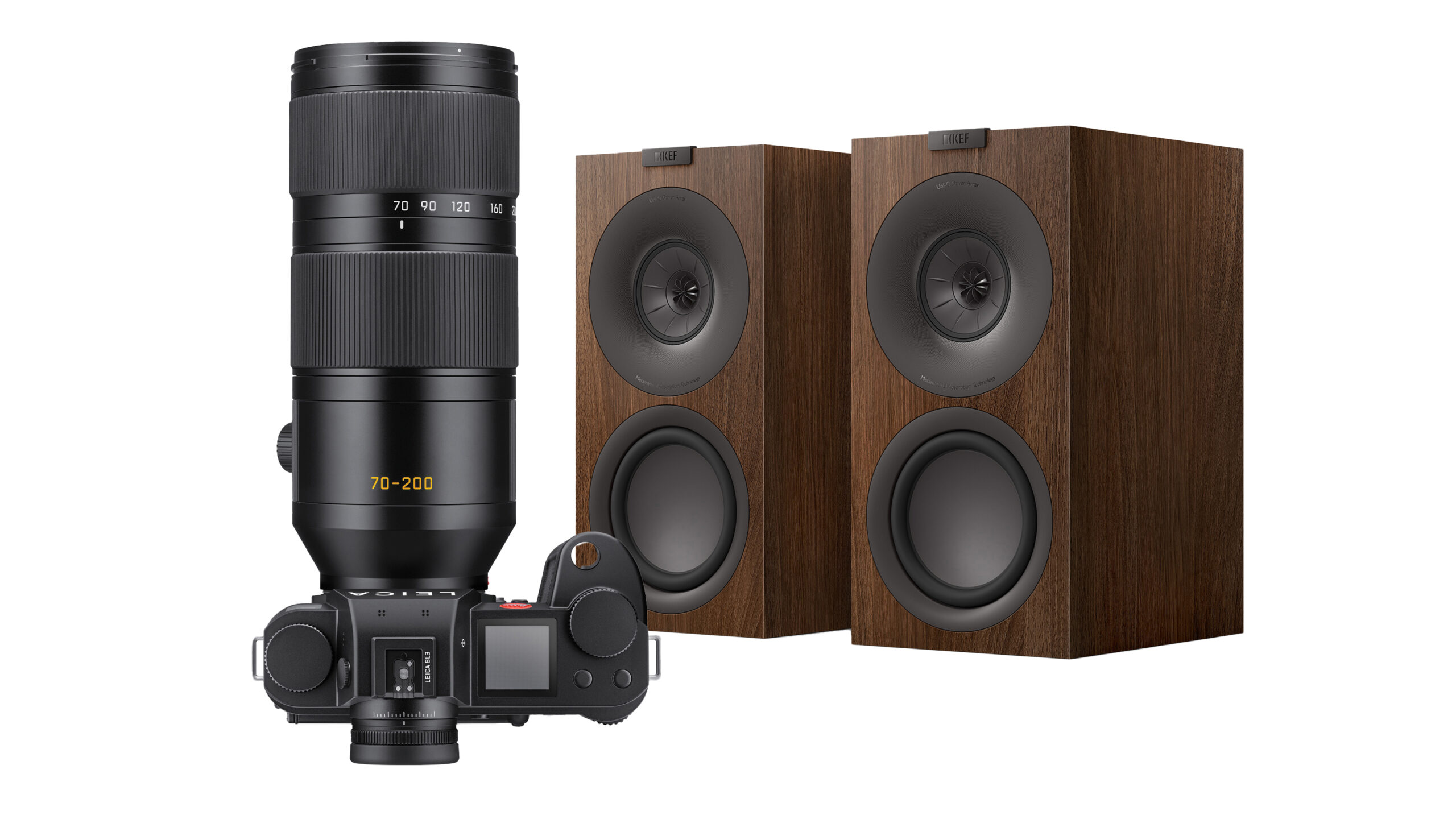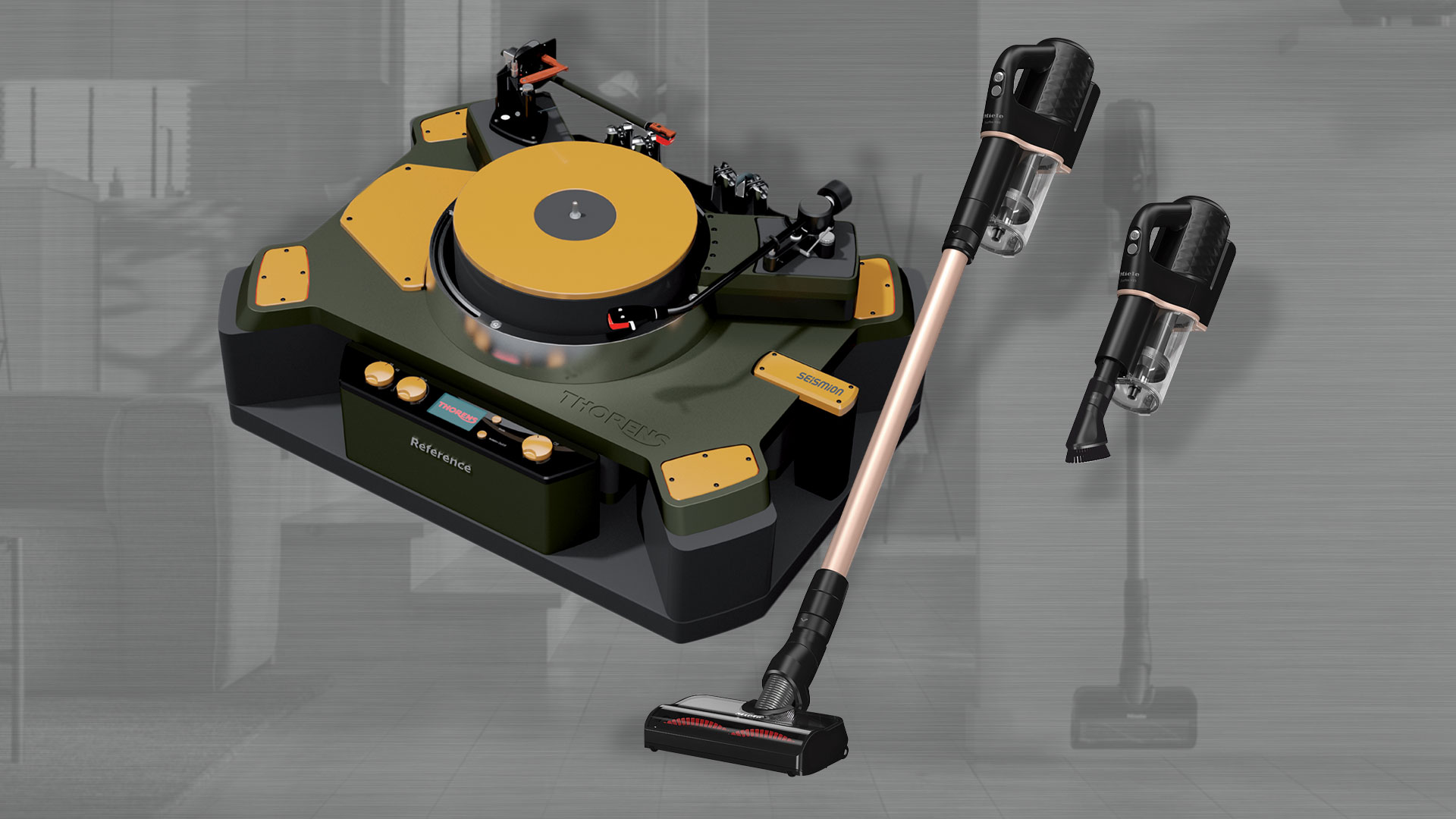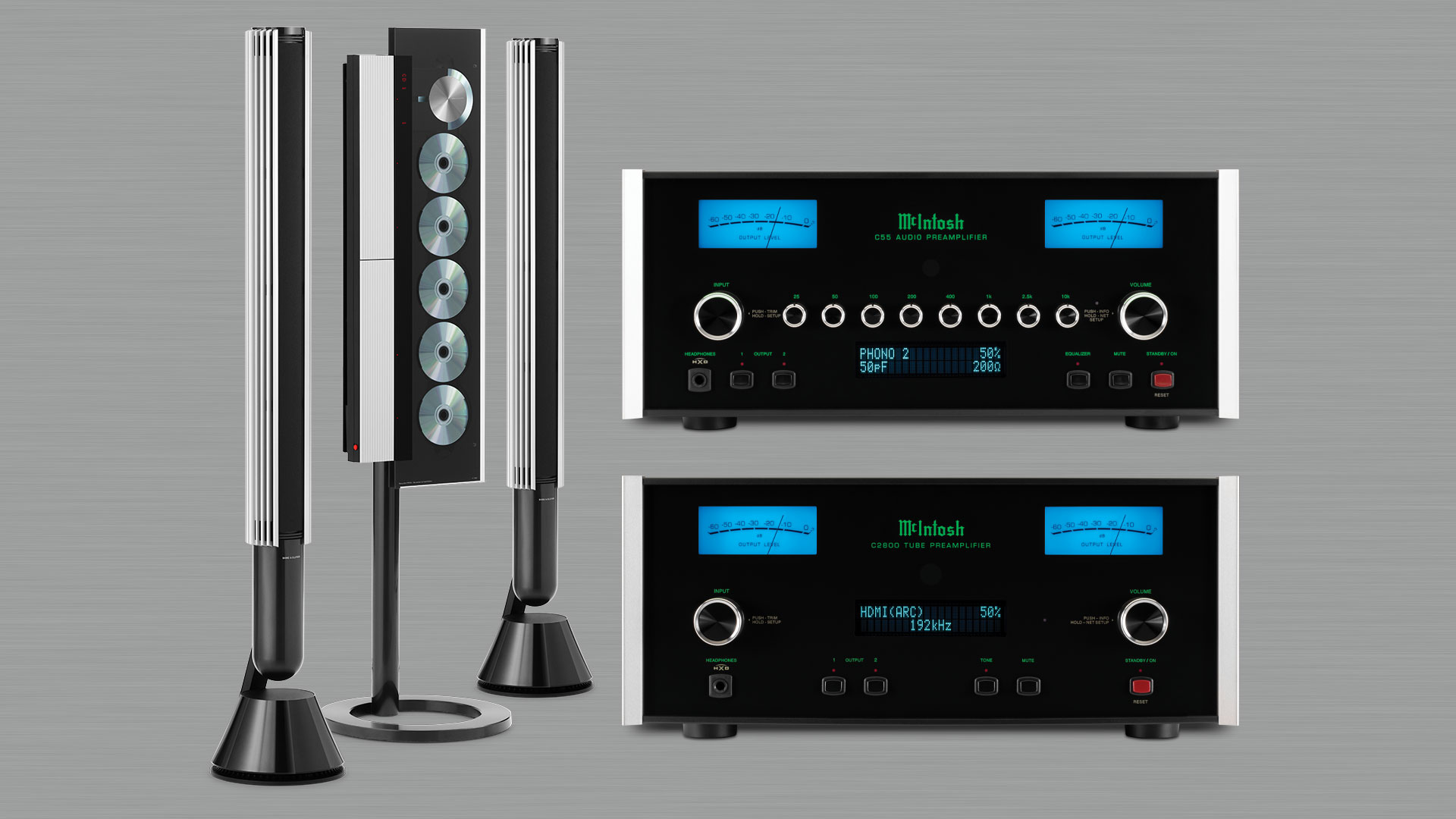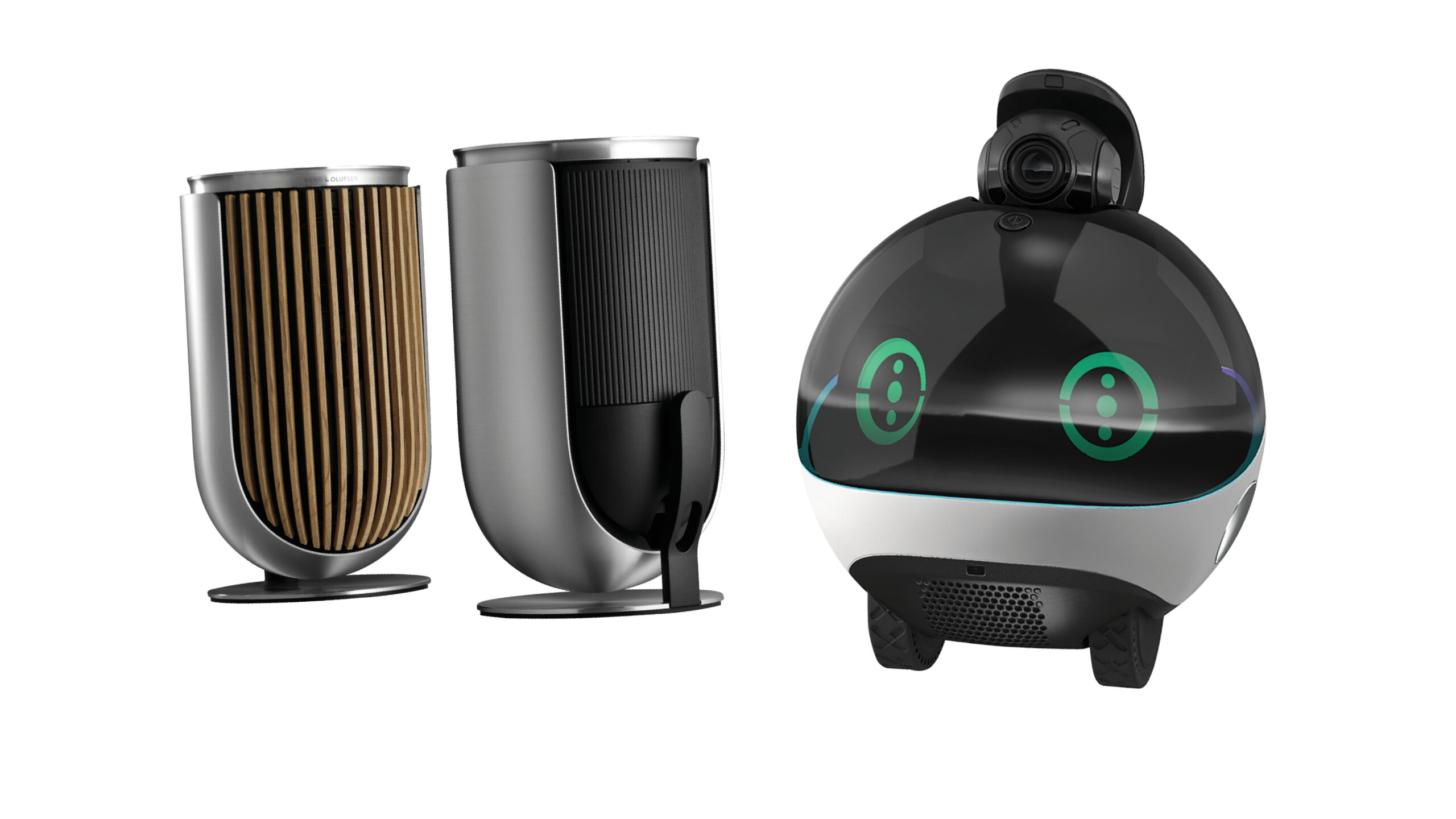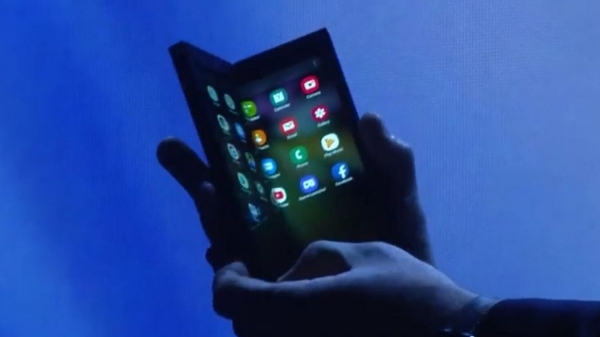
Coming to the Fold: Samsung folding smartphone reveal causes stir
On November 7th, Samsung unveiled a folding smartphone they had been teasing for months…kind of. At a special show during Samsung’s annual developer conference, the new Galaxy F appeared in extremely dim light, but what the captive audience could see was that the slick new interface – designed with the help of Google – morphed as if by magic from a 4.6-inch smartphone into a 7.3-inch tablet, and then back again.

Ok. So it wasn’t magic. It’s Samsung’s new folding smartphone technology, but honestly it’s pretty close. The folding smartphone phone was first teased in 2014 with a video in which a man gets up to leave a coffee shop, snappily folding his tablet into something more smartphone-sized, impressing an attractive woman positioned conveniently nearby . I mean what are the odds? The tantalising teaser got plenty of attention, but unfortunately it seemed Samsung jumped the gun, and after many vague comments to the press and delays to launch dates, the phone was rumoured to be nothing more than vapourware. But Samsung put those rumours to rest with their soft launch, once again igniting the fires of fascination around foldable phones.

Not everyone was impressed though. The company’s decision to reveal the new handset in dim light drew some suspicion because while the screen was clearly visible, the actual handset is not. In fact, it raised more questions than answers. How slim will the folded phone be? How well-protected will the internal screen be from accidents? Tech buffs also speculated that the components that create the foldable element of the phone probably take up a large amount of hardware space, which could cast aspersions on the phone’s battery life – likely the reason why the handset will not be supporting 5G.
But as well as the tongue-wagging, there were many adulatory cheers, and market experts are looking wider than just Samsung. Not only is the breakthrough in technology remarkable, the pro-active move is forcing other smartphone companies to innovate their own products in order to compete. Samsung, themselves, have already filed a patent for a second, improved phone-to-tablet folding device.

Huawei, the world’s second largest tech giant after Samsung, are also teasing their new folding smartphone for launch at MWC 2019 in late February and say that, unlike the Galaxy F, their product will be supporting 5G. This could be the final push Huawei need to expand beyond the Asian market, after their attempts to move into the USA were stymied by the trade war being waged by the Trump administration and other foreign market’s concerns over security. If Huawei can continue their trend of producing similar products for significantly lower prices then they might just manage to bust out of their Asian corner.
Text by: Alice Duncan



